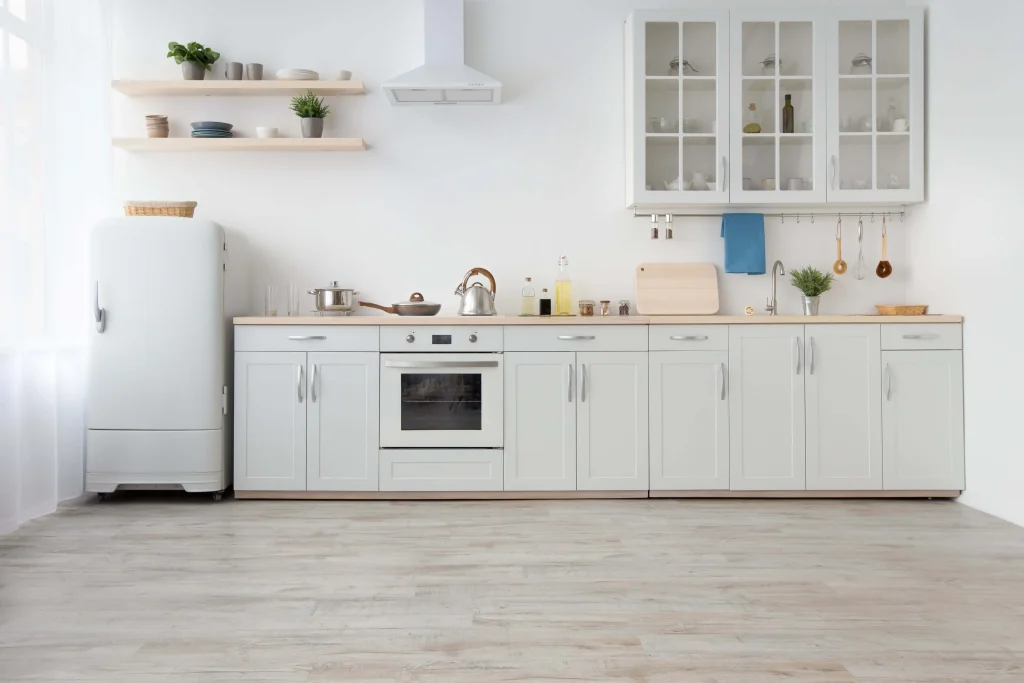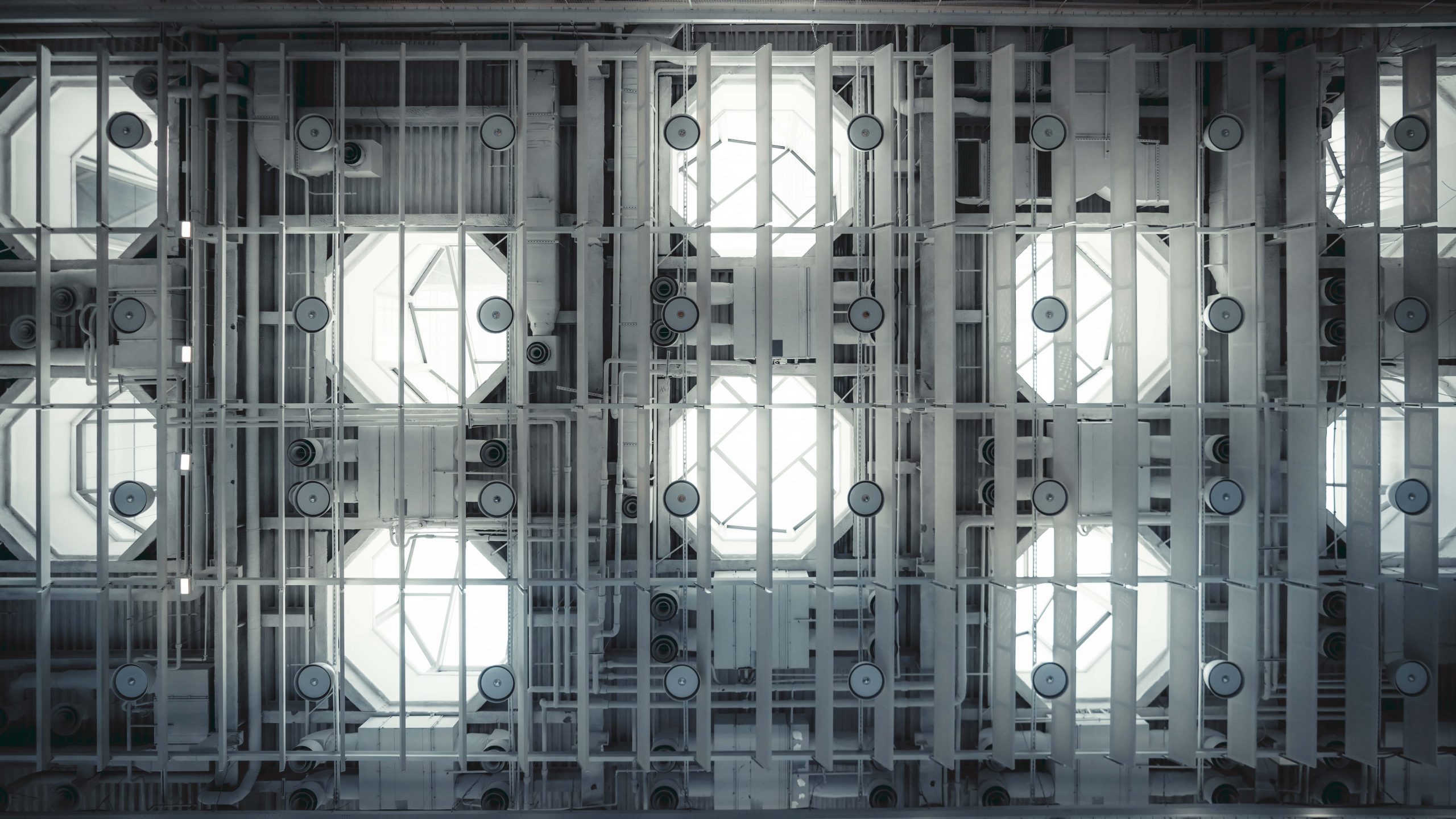In any property such as a pre-selling house and lot, the daylighting system is crucial to distribute properly the light levels in different parts of the house. There are a lot of daylight devices out there, some are expensive and some are affordable but it depends on the building types and building physics and what it requires. Utilizing every possibility for saving energy consumption and energy efficiency to somehow reduce global warming should be tried and implemented. Using natural lighting rather than artificial lighting would definitely help Mother Earth to slowly recover because natural lighting is renewable and sustainable energy that could help any building design and other properties to have enough light system that could cover dark parts of the room.
That’s why in a pre-selling house, it’s important to consider the daylight factor, on how it could be used effectively while helping the environment. It’s recommended to invest in lighting systems that owners can rely on so that it is good in the long run, some investments are pricey but the end result would outweigh the expense that costs owners. Fortunately, Crown Asia has a lot of properties to offer, it varies from house and lots to condominiums, and ready-for-occupancy properties. These are good for investors, couples, families, and business owners who look for opportunities and a dream house. So, here’s some information on anidolic daylighting systems.
Photo from spie.org
What are Anidolic Daylighting Systems?
This system is one of the most effective daylighting systems available; it directs natural light rays to various deep parts of the house and building. It employs the principles of using minimum reflection and non-imaging optics.
Why Do People Use Anidolic Daylighting Systems?
Since it is not directed at the human eye, it reduces glare risks and improves visual comfort. It may be an expensive anidolic system, but it ensures that daylight will not be a problem in the deeper parts of the room. Electric lighting or artificial lighting in office buildings may be expensive, but an anidolic device, reduces electricity costs and the room will be livelier. The Illuminance level has improved significantly, as has overall performance.
How Does This Work?
Non-imaging optics is a light collector that distributes it efficiently and evenly throughout the building without the help of any artificial lighting systems. There was research experimenting using anidolic systems with different sky conditions such as clear and overcast skies and there was an experiment room located in a deep part of the building using three different systems which are anidolic ceiling, an integrated anidolic system, and anidolic solar blinds they have all different results but still aim at one thing, being able to improve visual comfort and increase illuminance levels.
This system captures a light guide to collect sunlight and direct it to rooms without the risk of direct sunlight into the eyes. In this result, it makes the room ten times brighter compared to sunlight that is direct in the room. Anidolic mirror lighting systems have three different parts, to capture daylight, it uses an anidolic zenithal collector. The optimal passageway of light is through an anidolic ceiling and the distribution of light to different areas of the room. The anidolic ceiling uses a light duct that guides daylight flux in the room space.
The Advantages and Disadvantages
The disadvantages of this system are that it is not widely known to the Philippines, it lacks exposure and most buildings rely on solar energy or artificial lighting. Anidolic daylighting systems are also expensive to set up, the sky condition is a huge factor in whether this can work or not, it is a challenge when cloudy and overcast sky conditions are present. It requires a professional to take a look at the building design to understand how well the system will work then the measured data coming from the building’s design parameters should have the following requirements for the anidolic device to work efficiently. Since the design process of the device is complicated. The country is sunny most of the time but it is also abundant in rainfall and storms which is why the overcast conditions will be active during ber months. Using an electric light should still be installed since the country is not guaranteed to be sunny every day, the same case with other countries.
The advantages are it is guaranteed to reduce energy consumption, and use of electric lighting, It does reduce glare risks, a good investment in the long run since the Philippines is a tropical country which means it’s warm and sunny most of the time. A quick fact, the Philippines has a summer solstice meaning the day is long and will have more daylight than usual, it happens on June 21, 2023. Using an anidolic device is one of the best energy savings in the market, it shows positive feedback on the system’s performance throughout the year

Is It a Good Investment?
Anidolic systems are an energy saver, but they are expensive and have not yet been fully implemented in the country. On the bright side, other daylighting devices are already in use, such as installing solar panels on properties and even on vehicles, which is a good start. Owners should consider the long-term benefits of having this system because the investment would be worthwhile if the device is placed efficiently, and now is a good time to think about it because summer is approaching and it will be hot and sunny.
Yes, it’s a wise investment. Particularly nowadays, global warming is a huge issue, and most industries are relying on environmentally friendly products to contribute positively to the environment. Having this system installed will somehow help to ease of using harmful chemicals from extreme levels of artificial lighting that can be toxic at some point. If an anidolic system is not for owners then they can try other devices that are also efficient as this system like using solar panels.
Read more: Home Lighting 101, A Brighter Home for the Family


